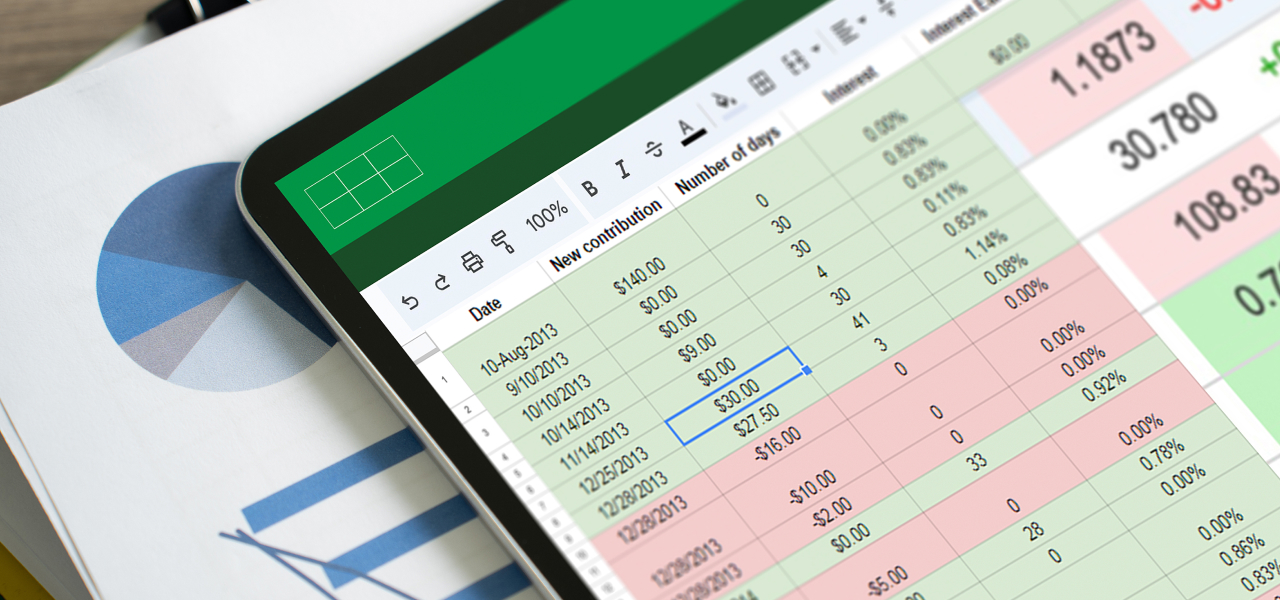Often, I see prospects concentrate on the functionality, and even features, of a software solution in an attempt to make the right procurement decision. Judging by the number of times prospects select something other than FundCount, and then come back to us years later, this approach may not be the most productive way to go about things. Pondering why, I can only assume that those prospects did not ask the critical questions of the software vendor they originally selected or were sold a ‘vision’ of what might be rather than what is.
In the real world, you simply cannot expect software to do everything you might need. One potential solution to this problem is, perhaps unrealistically, to spend so much money and time in the procurement process that you can contractually nail down software enhancements, cost and delivery times. It may be more cost effective to understand how your potential vendor goes about identifying and addressing any capability gaps that may emerge. Naturally, the maturity of the product will count for a lot, as older products will be more feature rich and stable.
Focus on Data Sources
However, the even greater question is the quality and security of your data sources. It simply does not matter what your chosen software does or does not do if the data quality is poor or ad hoc.
It is the challenge of sourcing data and the multiplicity of data sources that cause issues. Often, the logic is that it is the lack of standardisation of data sources that is the real challenge. Automation is not a simple process in a world of dispersed differentiated data sources.

Hidden Costs
Therefore, turnkey solutions may often sound like nirvana. However, they may turn out to be anything but that. For something to be turnkey it must be standard. To be standard implies limited data sets and predetermined data treatment and configuration. For example, forcing you to always treat a dividend as income, but, what if you want to treat it as capital? That screams workaround, with cheap implementation being replaced by expensive operating cost!
Actually, flexibility is what is required. Analyse the data you need, identify the sources and find a system that allows you to collect, collate, configure and consequently report on data from any source in as cost effective automated manner as possible.
-Ashley Whittaker, President, Global Sales







